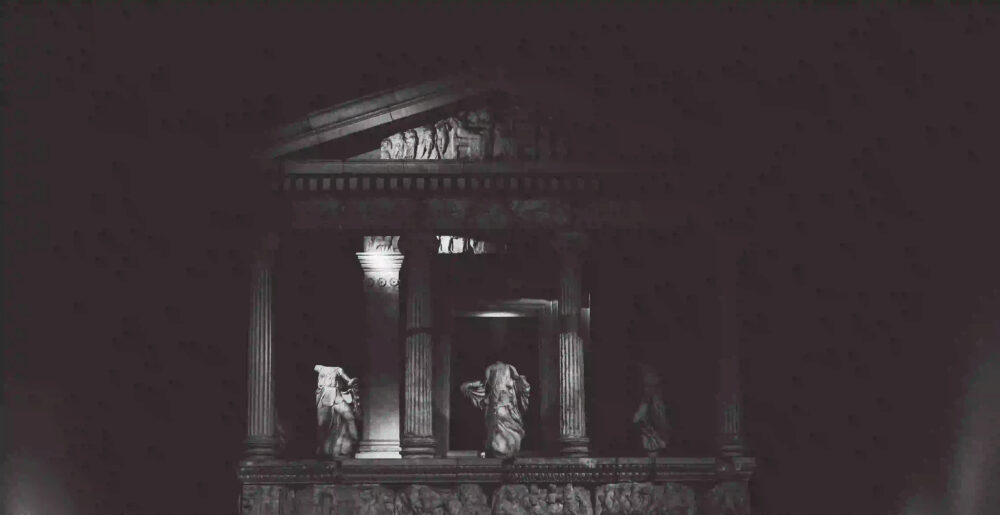dreams have long been a source of fascination and mystery for humans. In ancient cultures, dreams were believed to be a gateway to the spiritual realm, a means of communicating with the gods, and a way to access hidden knowledge. The mythology of dreams is rich and diverse, with various cultures interpreting dreams in unique and fascinating ways.
埃及梦的神话
In ancient Egyptian mythology, dreams were believed to be messages from the gods. The Egyptians believed that during sleep, the soul would leave the body and travel to the realm of the gods, where it would receive messages and guidance. The Egyptians developed a complex system of dream interpretation, with different symbols and images representing different gods and goddesses.
For example, the scarab beetle was a symbol of rebirth and regeneration, while the ankh symbol represented eternal life. The Egyptians also believed that dreams could be used to diagnose illnesses and predict the future. They developed a system of dream incubation, where individuals would sleep in temples and receive dreams that would provide them with guidance and healing.
希腊梦的神话
In ancient Greek mythology, dreams were believed to be messages from the gods, but also a way to access the subconscious mind. The Greeks believed that the gods would communicate with mortals through dreams, revealing hidden truths and prophecies. The Greek god Morpheus was believed to be the god of dreams, and was often depicted as a winged figure who would carry the dreams of mortals to the gods.
The Greeks also believed that dreams could be used to diagnose illnesses and predict the future. The Greek physician Hippocrates developed a system of dream interpretation, where different symbols and images represented different physical and mental states. For example, a dream about a snake was believed to represent a hidden enemy or a threat to one’s health.
中国梦的神话
In ancient Chinese mythology, dreams were believed to be a way to access the spiritual realm and communicate with ancestors. The Chinese developed a complex system of dream interpretation, with different symbols and images representing different elements and energies. The Chinese also believed that dreams could be used to diagnose illnesses and predict the future.
The Chinese myth of the “Dream of the Yellow Millet” tells the story of a man who falls asleep and dreams of a millet field. In the dream, he meets a goddess who reveals to him the secrets of the universe. The myth is often interpreted as a symbol of the connection between the conscious and subconscious mind.
印度梦的神话
In ancient Indian mythology, dreams were believed to be a way to access the spiritual realm and achieve enlightenment. The Indians developed a complex system of dream interpretation, with different symbols and images representing different chakras and energies. The Indians also believed that dreams could be used to diagnose illnesses and predict the future.
The Indian myth of the “Dream of the Goddess Lakshmi” tells the story of a man who falls asleep and dreams of the goddess Lakshmi. In the dream, she reveals to him the secrets of the universe and grants him enlightenment. The myth is often interpreted as a symbol of the connection between the material and spiritual realms.
梦的符号
Dreams are full of symbols and images that can be interpreted in many ways. Some common symbols that appear in dreams include:
- 蛇:representing transformation, change, and renewal
- 鸟:representing freedom, creativity, and inspiration
- 水:representing emotions, intuition, and the subconscious mind
- 火:representing passion, energy, and transformation
- 山:representing challenges, obstacles, and spiritual growth
These symbols can appear in different forms and combinations, and can have different meanings depending on the context of the dream.
梦的解释
Dreams can be interpreted in many ways, depending on the cultural and personal context. Some common approaches to dream interpretation include:
- 自由关联:where the dreamer associates different symbols and images with their personal experiences and emotions
- 象征主义:where the dreamer interprets symbols and images as representations of abstract concepts and ideas
- 精神分析:where the dreamer interprets dreams as a way to access the subconscious mind and reveal hidden desires and fears
Dreams can also be used as a tool for personal growth and self-discovery. By analyzing and interpreting dreams, individuals can gain insight into their thoughts, feelings, and desires, and can use this knowledge to make positive changes in their lives.
梦的力量
Dreams have the power to inspire, to heal, and to transform. They can provide us with guidance, wisdom, and insight, and can help us to access the hidden parts of our minds and souls. By exploring the mythology of dreams, we can gain a deeper understanding of our own subconscious minds, and can tap into the power of our dreams to create positive change in our lives.
In conclusion, the mythology of dreams is a rich and fascinating topic that can provide us with insights into the human psyche and the nature of reality. By exploring the different interpretations and symbols of dreams, we can gain a deeper understanding of ourselves and the world around us, and can tap into the power of our dreams to create positive change in our lives.
